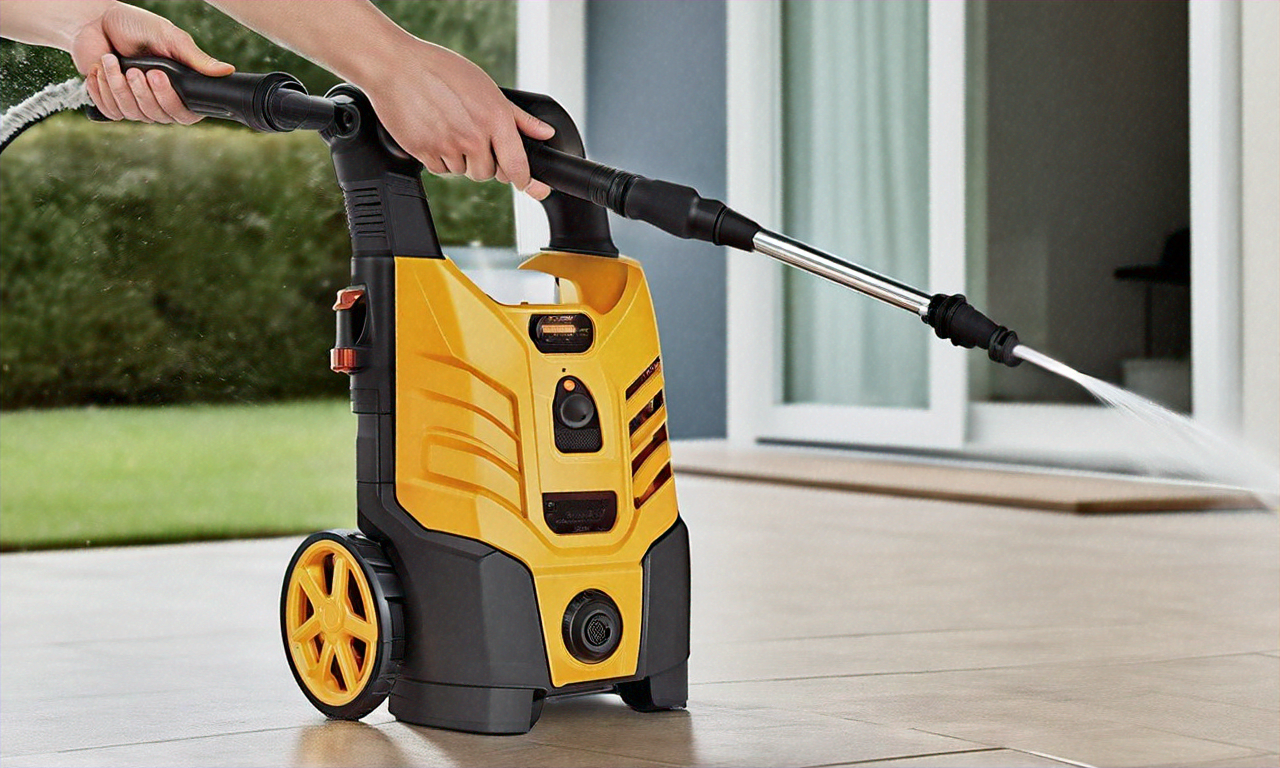Aldi Pop-Up Gazebo: Practical Guide to Features, Setup, Care, and Safety
Pop-up gazebos from Aldi offer an affordable solution for outdoor shade and shelter, combining convenience with practical functionality. These portable structures have gained popularity among homeowners seeking quick setup options for garden parties, camping trips, and outdoor events. Understanding the features, proper assembly techniques, and maintenance requirements helps maximize the lifespan and performance of these budget-friendly outdoor shelters.

Pop-up gazebos represent a practical investment for outdoor enthusiasts and homeowners who value convenience and affordability. Aldi’s seasonal offerings in this category typically feature straightforward designs that prioritize ease of use while maintaining reasonable durability for occasional outdoor use.
Product Overview and Key Specifications
Aldi pop-up gazebos generally feature standard dimensions ranging from 3x3 meters to larger 4x4 meter configurations. The frame construction typically utilizes powder-coated steel tubing designed to resist rust and corrosion. Canopy materials commonly include polyester fabric with water-resistant coatings, providing basic protection against light rain and UV exposure. Weight specifications usually fall between 15-25 kilograms, making these structures manageable for two-person setup while maintaining stability once properly anchored.
Most models include integrated ventilation features through roof vents or mesh panels that promote airflow and reduce wind resistance. Corner reinforcements and stress points receive additional stitching or reinforcement materials to handle tension during setup and use.
Assembly and Step-by-Step Setup
Proper assembly begins with selecting level ground free from sharp objects or debris that could damage the canopy fabric. The pop-up mechanism requires coordination between two people for safe and efficient setup. Start by laying the collapsed frame flat and ensuring all locking mechanisms are in the open position.
Gradually extend the frame by lifting opposite corners simultaneously, allowing the scissor-action joints to unfold naturally. Avoid forcing the mechanism, as this can damage the frame or create uneven tension. Once the frame reaches full extension, engage all locking clips and ensure each joint sits securely in its locked position.
Attach the canopy fabric starting from one corner and working systematically around the frame. Proper fabric tension prevents sagging and reduces stress on attachment points during use.
Materials, Build Quality, and Weather Performance
The steel frame construction provides adequate strength for normal outdoor conditions, though heavy winds and severe weather pose challenges for these lightweight structures. Polyester canopy materials offer reasonable water resistance for light precipitation but may not withstand prolonged heavy rain or standing water.
UV protection varies by model, with some featuring specialized coatings that extend fabric life and maintain color integrity. Joint mechanisms represent potential weak points, requiring regular inspection for wear or damage that could compromise structural integrity.
Temperature extremes can affect both frame flexibility and fabric performance, with cold conditions making materials more brittle and hot weather potentially causing fabric expansion.
Safety Tips and Secure Anchoring
Proper anchoring prevents dangerous movement during windy conditions and protects both the structure and nearby individuals. Use all provided ground stakes or weights, positioning them at optimal angles to maximize holding power. Additional sandbags or water weights provide extra security, particularly on hard surfaces where stakes cannot penetrate.
Regular safety inspections should focus on frame joints, fabric attachment points, and anchor systems. Replace damaged components immediately rather than attempting temporary repairs that could fail under stress.
Wind speed monitoring helps determine when conditions exceed safe operating limits. Most pop-up gazebos should be taken down when sustained winds exceed 20-25 mph or when gusts approach 35 mph.
| Feature | Budget Models | Standard Models | Premium Models |
|---|---|---|---|
| Frame Material | Basic Steel | Powder-Coated Steel | Reinforced Steel/Aluminum |
| Canopy Fabric | Basic Polyester | Water-Resistant Polyester | Heavy-Duty Polyester/Canvas |
| Size Options | 3x3m | 3x3m, 4x4m | Multiple Sizes Available |
| Price Range | $50-80 | $80-150 | $150-300+ |
Prices, rates, or cost estimates mentioned in this article are based on the latest available information but may change over time. Independent research is advised before making financial decisions.
Cleaning, Storage, and Maintenance
Regular cleaning extends gazebo lifespan and maintains appearance. Remove loose debris with a soft brush before washing the canopy with mild soap and water. Avoid harsh chemicals or abrasive cleaning tools that could damage fabric coatings or frame finishes.
Complete drying before storage prevents mold and mildew development. Store the gazebo in a dry location with adequate ventilation, avoiding areas with extreme temperature fluctuations.
Frame maintenance includes periodic lubrication of moving joints and inspection of locking mechanisms. Replace worn or damaged components promptly to maintain structural integrity and user safety.
Proper folding technique prevents unnecessary stress on frame joints and fabric attachment points. Follow manufacturer guidelines for collapse sequence and storage positioning to maximize component longevity and ensure reliable future setup.




